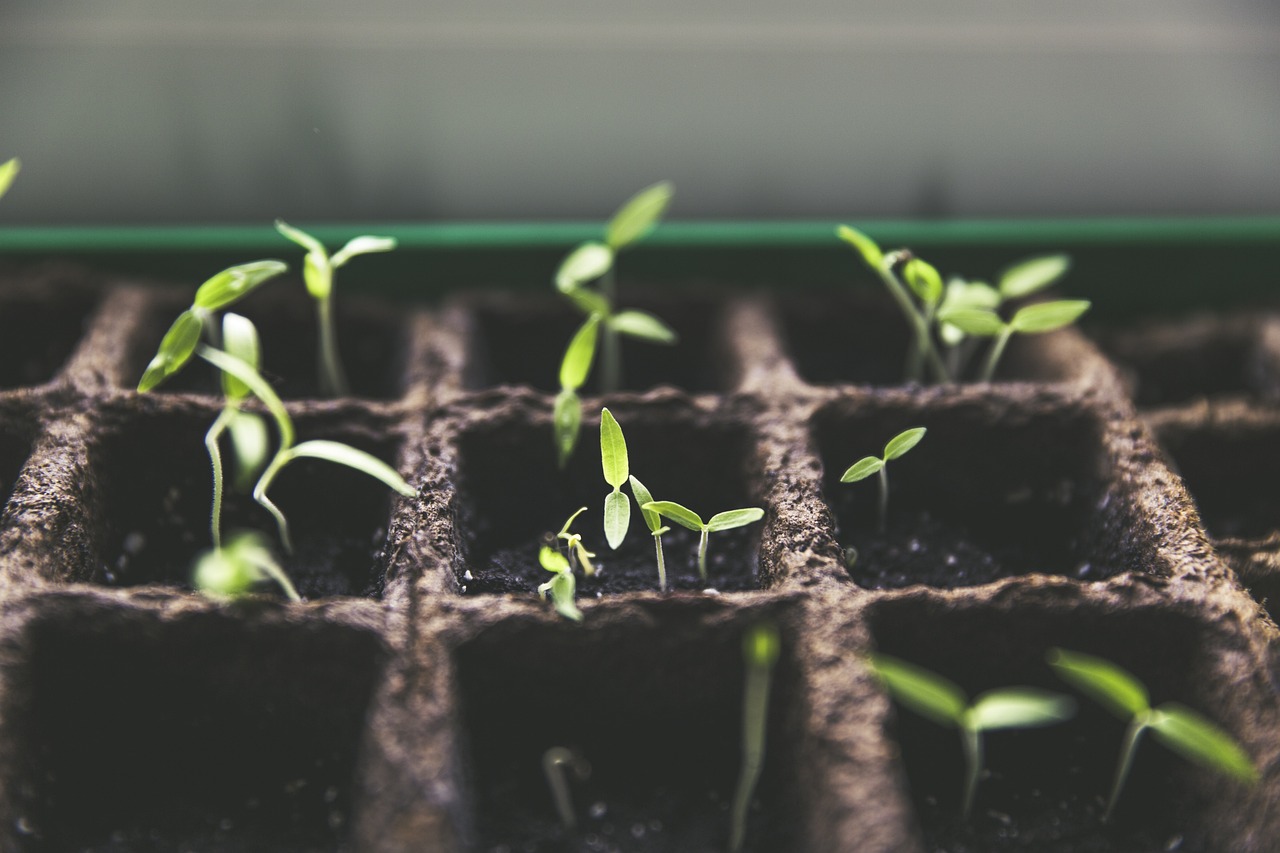In today’s fast-paced world, urban gardening has become more than just a trend – it’s a movement. Whether you’re living in a tiny apartment, a cozy townhouse, or a bustling city, urban gardening offers an innovative way to bring greenery into your life. Growing food in small spaces isn’t just about having a green thumb; it’s about using creative techniques and space-efficient strategies to transform limited areas into thriving gardens. From herbs on windowsills to full-fledged vertical gardens, urban gardening offers a world of possibilities. Let’s explore how to make the most of your small space to grow fresh, healthy food.
What is Urban Gardening?
Urban gardening refers to the practice of cultivating plants, vegetables, herbs, and even fruits within city environments. It’s a response to the growing desire for locally sourced food, environmental sustainability, and a healthier lifestyle. Unlike traditional gardening that requires large plots of land, urban gardening is all about using small spaces creatively—balconies, rooftops, windowsills, and even urban alleys can be transformed into green spaces for growing food. Whether it’s a container garden on your apartment balcony or an innovative vertical garden in your kitchen, urban gardening brings food production into the heart of the city.
Benefits of Urban Gardening
The rise of urban gardening is driven by a range of compelling benefits that make it an attractive option for city dwellers.
Fresh, Local Produce
One of the most rewarding aspects of urban gardening is the ability to grow your own fresh produce. Growing your own herbs, vegetables, or fruits ensures that you always have access to fresh, local produce, free from harmful pesticides and chemicals. Plus, you have full control over what you’re eating, making it easier to follow a healthy, organic diet. Imagine harvesting fresh tomatoes from your rooftop garden or picking mint leaves from your window box whenever you need them.
Space Efficiency
Even in the tightest of spaces, space-efficient gardening techniques allow you to grow an abundance of food. Whether it’s using vertical gardening methods or container gardening, urban gardening maximizes every inch of available space. Vertical gardens allow plants to grow upwards instead of outwards, saving ground space while still producing ample crops. Containers can be placed on balconies, windowsills, or even rooftops to create a garden in small, unused areas.
Environmental Impact
Urban gardening isn’t just good for your health; it’s also beneficial for the planet. Growing food in the city reduces the need for long-distance transportation, cutting down on the carbon footprint associated with store-bought produce. Furthermore, urban gardening helps combat the urban heat island effect, enhances air quality, and supports biodiversity by providing habitat for pollinators like bees and butterflies.
Types of Urban Gardens
There are several methods of urban gardening, each suited to different living situations and preferences. Let’s explore a few popular options.
Container Gardens
Container gardening is one of the most straightforward ways to start growing food in small spaces. You can use a variety of containers, from pots and buckets to repurposed items like old tubs or crates. These gardens are highly portable, meaning you can move them to take advantage of the best light or to protect plants from extreme weather conditions. Container gardening is perfect for herbs, small vegetables, and flowers.
Vertical Gardens
When space is tight, vertical gardening offers an excellent solution. This method involves growing plants upwards by using structures like trellises, shelves, or specially designed vertical planters. Vertical gardens are great for growing vine crops like tomatoes or cucumbers, or even leafy greens that don’t require deep roots. You can create your own vertical garden using DIY materials or invest in pre-made systems designed specifically for this purpose.
Window Box Gardens
Window box gardens are ideal for apartment dwellers and can easily be attached to windowsills. These compact containers allow you to grow herbs, flowers, and even small vegetables like lettuce and radishes. They’re an excellent choice for anyone who wants a simple, low-maintenance garden that still offers fresh produce right at their fingertips.
Indoor Gardens
If outdoor space is limited or unavailable, consider creating an indoor garden. Using grow lights and climate control, you can grow a variety of crops indoors. Indoor gardening is perfect for year-round harvesting and offers a controlled environment for plants to thrive. You can start with simple herbs like basil and parsley and eventually experiment with more ambitious crops like tomatoes or strawberries.
Essential Tips for Starting Your Urban Garden
Starting your urban garden can be a rewarding and fulfilling experience. Here are some essential tips to ensure success.
Choose the Right Plants
Not all plants are suitable for small spaces. When starting your urban garden, opt for varieties that are well-suited to container gardening or vertical gardening. Leafy greens, herbs, strawberries, and dwarf vegetable varieties tend to thrive in small spaces. Be mindful of each plant’s light and space requirements to ensure they grow successfully.
Maximize Light Exposure
Plants need sunlight to thrive, and maximizing light exposure is crucial in an urban garden. If you’re growing outdoors, choose a location with plenty of sunlight. For indoor gardens, position your plants near windows or invest in grow lights to mimic natural sunlight. Plants such as herbs and greens tend to need 6-8 hours of sunlight daily to grow robustly.
Invest in Good Soil
The foundation of any garden is the soil. For urban gardening, using high-quality, well-draining soil is key. In containers, consider using a soil-less mix or a specialized potting mix tailored for your plant types. It’s important to keep the soil nutrient-rich to encourage healthy plant growth, and you may need to amend it periodically with compost or fertilizers.
Common Mistakes to Avoid
Starting an urban garden can be an exciting adventure, but there are a few common mistakes to avoid.
Overcrowding Plants
One of the most common mistakes in space-efficient gardening is overcrowding plants. While it’s tempting to pack as many plants as possible into a small area, overcrowding can lead to poor air circulation and nutrient competition. Always ensure that each plant has enough space to grow to its full potential.
Neglecting Watering Needs
Watering is crucial to plant health, but overwatering or underwatering can be detrimental. Be mindful of each plant’s watering needs, and ensure that the soil or growing medium is adequately moist but not saturated. For container gardens, check regularly for drainage issues that could lead to root rot.
Ignoring Pest Control
Just because you’re growing in small spaces doesn’t mean pests won’t find their way in. Regularly inspect plants for signs of pests like aphids, spider mites, or caterpillars. Consider natural pest control methods such as introducing beneficial insects or using organic sprays to protect your crops.
Summary
Urban gardening is a fantastic way to grow food in small spaces, whether you’re looking to cultivate fresh herbs on your windowsill or create a full-scale vertical garden. By utilizing creative and space-efficient techniques, you can enjoy the benefits of homegrown produce, all while contributing to a healthier environment. With careful planning, a little patience, and some essential gardening tips, you can transform your urban space into a lush, productive garden that provides fresh food all year long.
Please like, comment, and share this article if you found it helpful and
informative.
For more news check out Big Town Bulletin News
For more from Big Town Bulletin check out Big Town Bulletin
Please like, comment, and share this article if you found it helpful and
informative.
For more news check out Big Town Bulletin News
For more from Big Town Bulletin check out Big Town Bulletin


